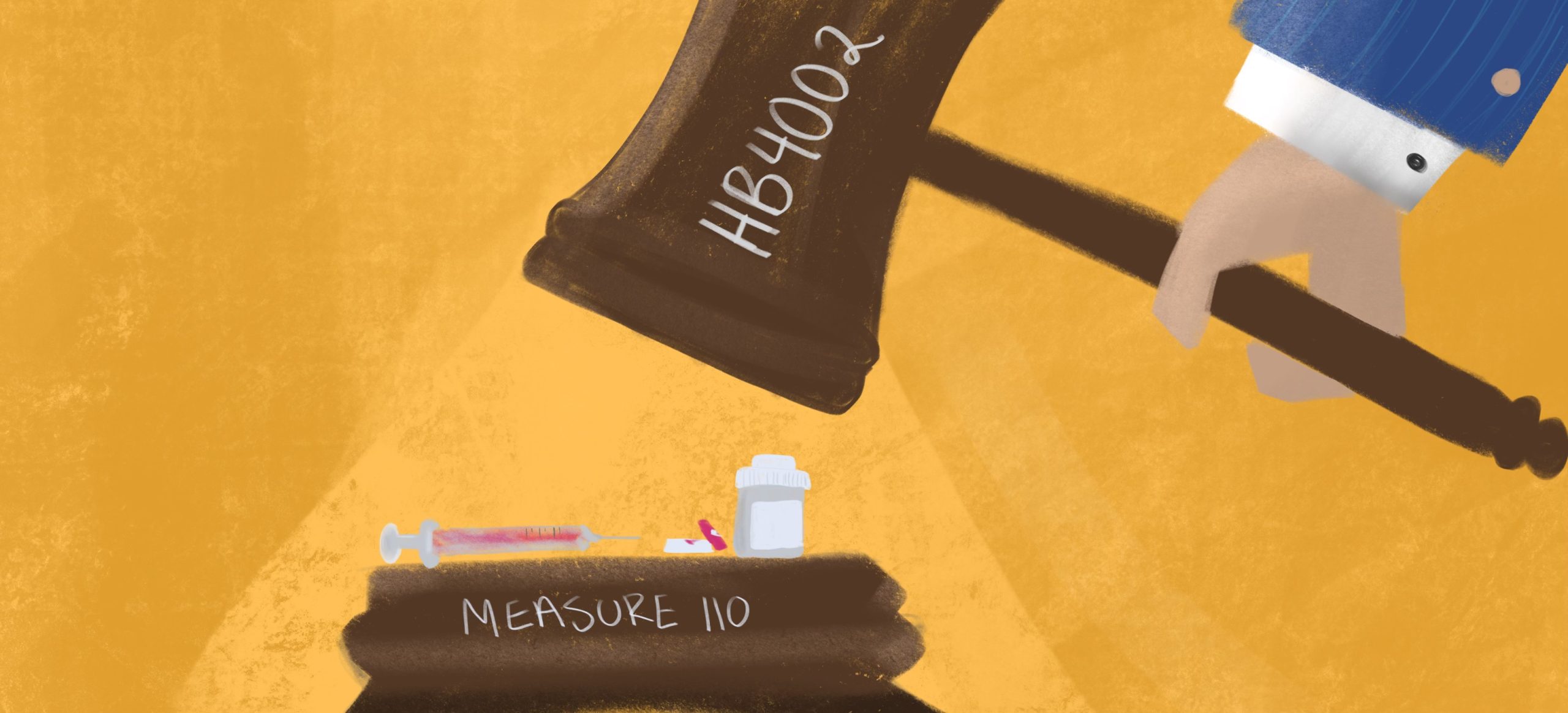Since I started paying close attention to politics over the last eight years, I have noticed time and time again calls for a general strike as a response to various repressive policies or legislation, the latest of which being a call for a general strike in response to the Supreme Court’s decision to overturn Roe v. Wade.
While a general strike that shut downs the economy would give bargaining power back to the working class when negotiating with a capitalist elite who are exploiting their labor at an increasing rate, the foundation required to pull off a large-scale coordinated general strike is missing enough pieces to make the chances of that happening frustratingly low.
The most important of these missing pieces is union participation.
In 1983, 20.1% of the workforce were union members, compared to only 10.3% in 2021. Like the McCarthyism of the mid-20th century that created a fear of the Communist boogeymen and convinced enough people to where they laughably believe that center-right President Joe Biden is a socialist, the corporate ruling class has done a phenomenal job of brainwashing the populace enough to the point that one has to whisper the word union at their workplace like it is a dirty word that will get them fired.
Over the past couple of years we’ve seen a national labor movement with successful union elections taking place at multiple different companies, most notably Amazon and Starbucks.
The workers pushing for unionization have faced an uphill battle from companies that would like nothing more than to continue to maximize their profit margins at the expense of the workers. In 2021, Amazon reportedly spent $4.3 million on anti-union consultants, which is only a speck of dust compared to the $137.4 billion they made in the fourth quarter of 2021 alone.
The battle for unionization to improve the lives of the working class is taking place here in the Pacific Northwest as well. At the end of 2021, workers at five Burgerville locations ratified the first fast-food union contract in the nation with the help of the Industrial Workers of the World, though it was a three-year journey involving picket lines and boycotts.
Other efforts have seen more pushback. The opposition and disruption of another local unionization push was evident at Voodoo Doughnuts during last summer’s heat waves, when management at the Old Town location fired nine employees who didn’t show up to work for two of the hottest days due to safety concerns from the heat. The National Labor Review Board (NLRB) found that Voodoo Doughnuts had violated their employees’ rights by firing them as retaliation for their strike.
Currently, two New Seasons locations are also in the process of waiting for the NLRB to approve the paperwork to begin a vote for unionization. Though a New Seasons location in North Portland failed in a union drive in 2017, the current push from the other two locations seems to have been sparked by a series of policy changes, including a new attendance policy by the company.

While higher union participation should be a priority for the working class across all industries, it is important to note that not all unions are effective or even representative of the working class.
Top-down structured unions—like the 57 national unions that make up The American Federation of Labor and Congress of Industrial Organizations (AFL-CIO)—are so tied up in a bureaucratic and hierarchical nature that they often do a terrible job of representing the workers in order to not cause friction with their employers. If the goal of a union is to represent the interests of the workers in giving them collective bargaining power, then these AFL-CIO type unions have already failed in that mission based on their top-down structure alone. Much like our politics being more of a representative democracy than a direct democracy, the set-up of some of these unions gives more of an illusion of collective power for the workers, rather than representing the rank and file members of the working class.
The working class will always face an uphill battle against the ruling class’ bloodthirsty quest for profit at the expense of their employees. For too long wages have stagnated at an insulting rate compared to the rise of cost of living, especially when looking at previous generations comparatively. The capitalist class has clamped down on the working class so efficiently and tightly—suffocating us all in the quest for profit—that working class solidarity and collective bargaining are necessary means of defending ourselves from exploitation.
They say that nobody wants to work anymore, which I believe is true. No one wants to work for shit wages and insufficient hours for a company whose CEO can buy another yacht or go into space while their workers are having to work three jobs just to feed their kids.
While it’s incredibly important to look at labor movements from the past, especially when we take for granted some of the benefits we have because of those movements, the working class of today looks very different and will require different strategies and methods to stop the exploitation of our labor by the contemporary capitalist elite.
Independent contract and gig work make it hard for individuals to be able to effectively advocate for themselves. Any time the working class is divided, whether it be from companies having multiple tiers of employees or through the creation of temporary or independent contractor positions, the strategy is to amplify individualism of the worker in order to dissuade working class solidarity. Much like polluting companies and mainstream environmentalism passed off responsibility to the consumers, any push for individualism should be looked at critically as a strategic effort to divide and conquer the working class.
Creating a strong labor movement and working class solidarity—including much higher union participation—are essential elements if we want to see a successful general strike come into fruition. Strike funds would also be necessary to help workers when they go on strike, as without those safety nets, many of the working class wouldn’t be able to sustain themselves for the duration of a strike.
A strong labor movement would facilitate the collective bargaining power that the working class could use when fighting against the exploitation of their labor by the capital class. While the capitalist system is still intact and trampling over the workers to further enrich the wealthy, the working class needs to fight tooth and nail against the continued exploitation of their labor. Whether that be through conventional methods like unionization and collective bargaining, or through sabotage of the workplace to disrupt company profits, the means by which workers need to fight will need to be different and creative. An injury to one is an injury to all, and working class solidarity is a necessity moving forward into the uncertain and bleak future. Similar to how state-preferred methods of protest are less effective than more creative direct actions, our labor’s power of strike and refusal is still a far more powerful weapon against capital than permitted protests or boycotts.







Solidarity Forever.